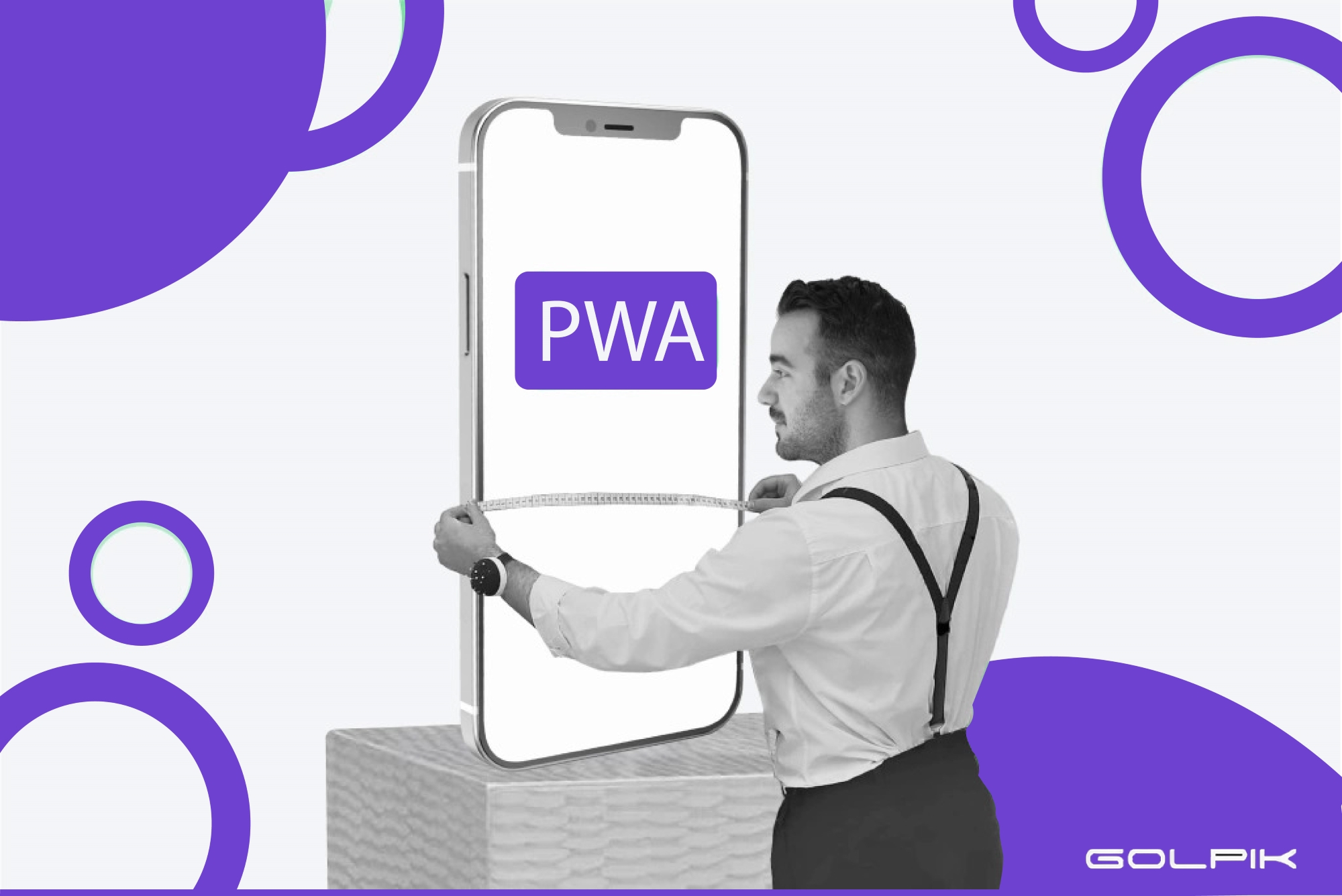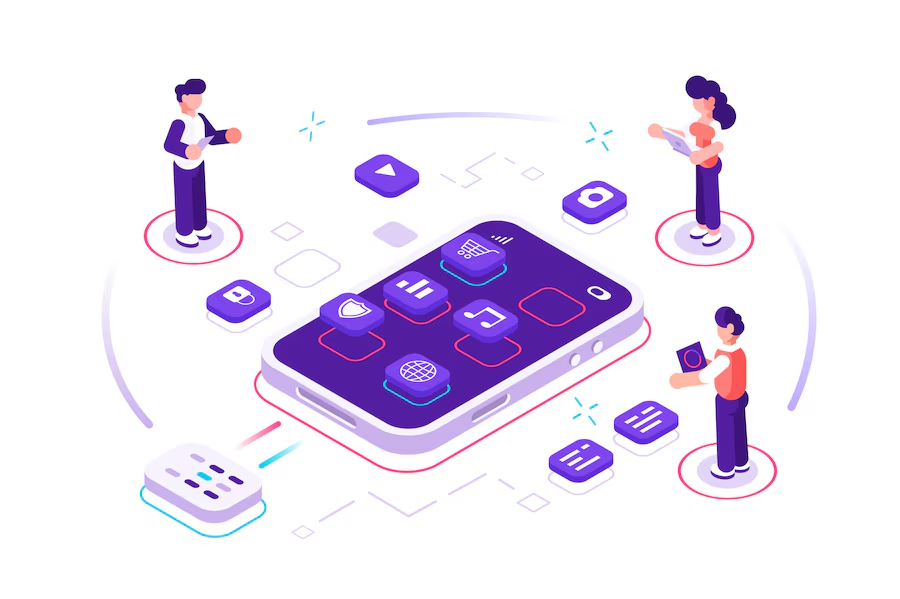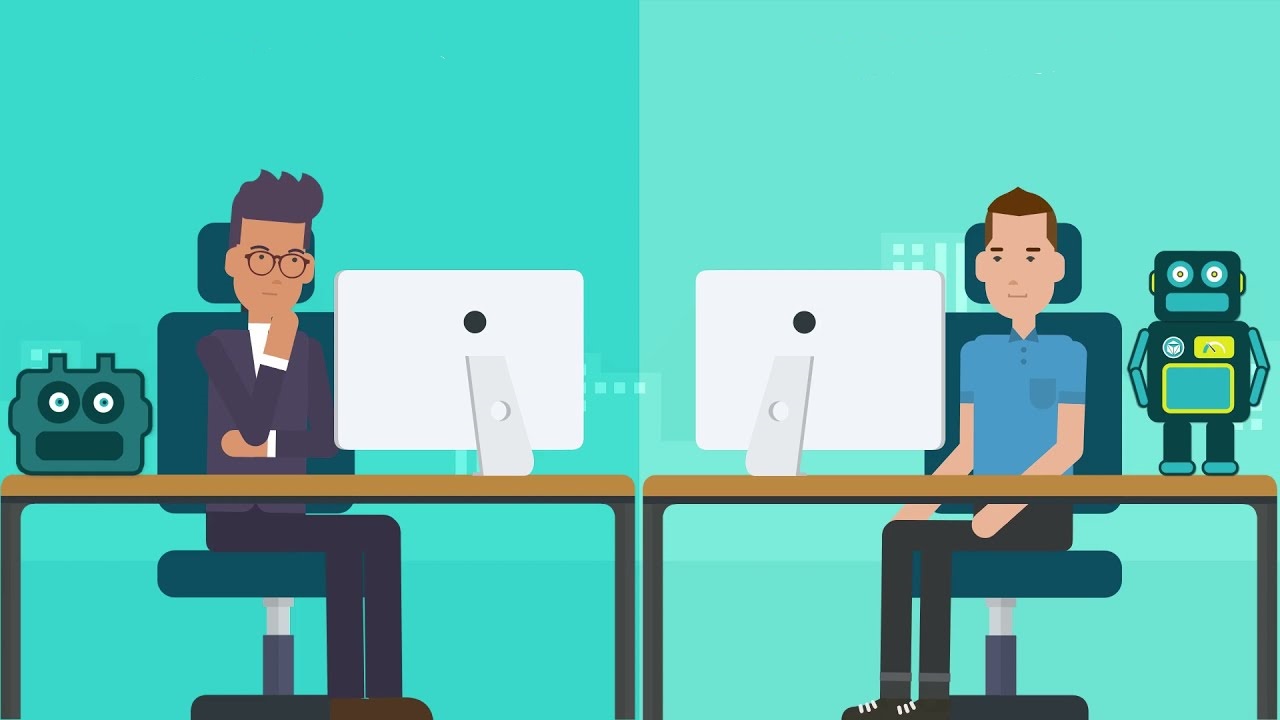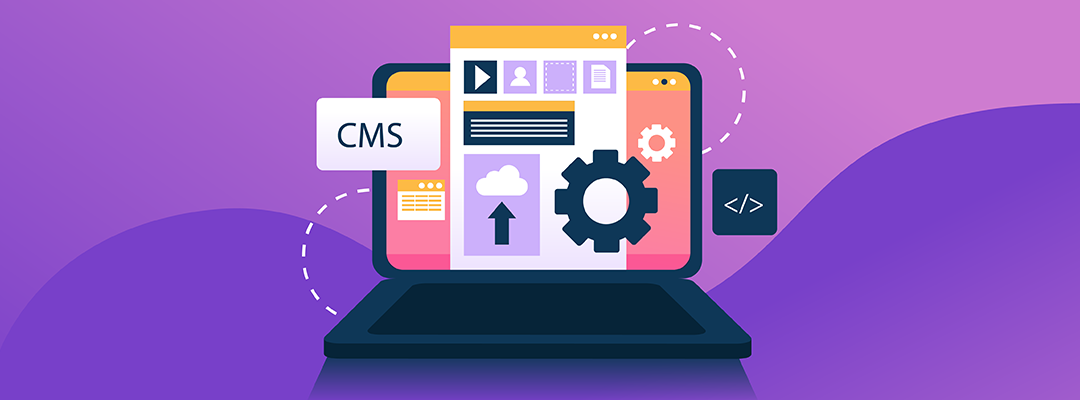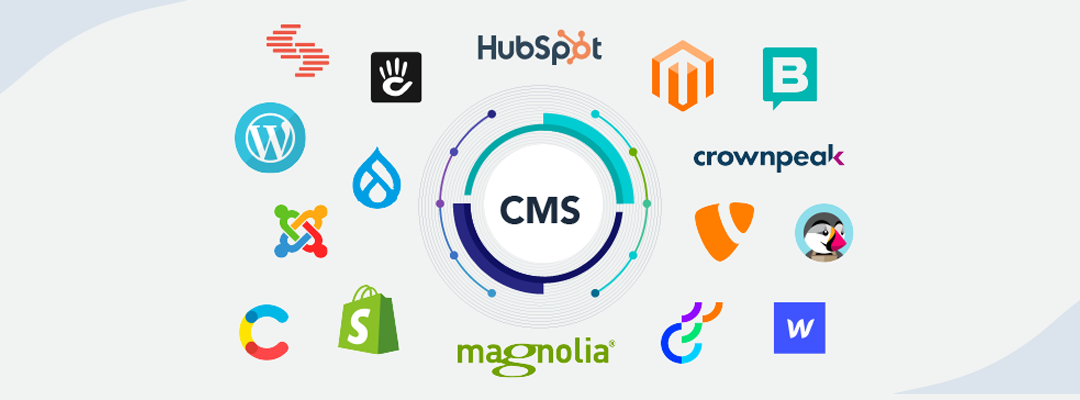Headless CMS is a rapidly growing technology and is becoming increasingly popular among developers and marketers. However, there are still many misconceptions about what it is and how it works. We will be debunking these myths and providing a clear understanding of what headless CMS is and why it’s a valuable tool for businesses. So, whether you’re new to headless CMS or have been using it for a while, this post will give you a better understanding of the technology and help you make more informed decisions about your content management strategy.
What is a Headless CMS?
A headless CMS, also known as a “decoupled” CMS, is a type of content management system that separates the back-end content management functionality from the front-end presentation. Unlike traditional “monolithic” CMS, where the content management system is closely tied to the front end, a headless CMS allows for the content to be accessed and delivered through an API to any number of front-end applications or channels. This separation of concerns allows for greater flexibility, scalability, and faster development times, as well as the ability to use different technologies and frameworks for the front end without limitations. This type of Content management system is becoming increasingly popular among developers and marketers as it allows for a more efficient and streamlined way of managing and delivering content.
Misconceptions About a Headless CMS
Let’s dive deeper into ten of the top misconceptions related to headless content management systems.
Only Developers Benefit from a Headless Architecture
The headless CMS is still viewed as a novelty by many businesses. The process of changing from a legacy CMS to a headless CMS can be time-consuming and involve shifting team dynamics and technology. Businesses frequently balk at undertaking such a migration project. This is particularly true because it is widely believed that headless CMSs lack editorial tools like drag-and-drop interfaces, WYSIWYG editors, and content previews.
The technical know-how of a front-end developer is still necessary for headless architecture in order to make content accessible to devices via an API using the required language, framework, and tools. A pure-play represents a significant change from a conventional Content management system because it frequently leaves out non-technical marketers and business users. This is where an API-first content platform with effective team orchestration functions that eliminate bottlenecks for non-technical users, will prove to be quite useful.
With a Headless CMS, Content Preview is Not Possible.
One of the scariest and most pervasive myths of all is that “headless CMSs do not allow you to preview content.” It forces you to believe that until a webpage goes live, you cannot view it.
You rarely see content blocks that are later arranged by frontend tools when using headless solutions. You cannot preview content before publishing it in other native solutions.
As a result, users are misled into thinking that all headless solutions forbid content preview. However, the majority of headless architectures include content preview as standard functionality.
No Drag & Drop Feature
Drag-and-drop functionality is not available in a Headless CMS like it is in a monolithic CMS. The world is not going to end, though. This is why:
When editing, a Headless CMS does not permit pixel position layout. However, there is a misperception that a Headless CMS has no drag-and-drop functionality and only has a very limited amount of control over the content layout.
With a headless solution, you can still manage where and how your content is presented, even without the ability to use a pixel position layout. Drag and drop is no longer necessary for modern digital experiences, but users still have total control over how the content is presented.
In the digital age, marketers no longer favor drag-and-drop functionality. Users don’t always lose control of the content presentation when a drag-and-drop feature is absent.
You can manage your content’s structure and order, presentation, picture size, picture alignment, and more with the majority of headless platforms, without using the drag-and-drop function.
Editors can confidently press the publish button after seeing how their web pages will appear as they are being created.
Headless CMSs Don’t Support Personalization
With a hybrid-headless CMS, marketers can continue to be in charge of editing and content construction on the page, preserving personalization functionality and delivering content for all customer journey stages and devices.
The MarTech Stack is Complicated
This is obviously untrue. Integrations are the one thing a headless CMS excels at. A headless CMS can connect with any application or MarTech tool available on the market using the same technology that connects your content to any device. Even a headless CMS can be integrated into a specially created application.
Developers Slow Down The Marketing Teams
The use of a headless Content management system does not imply that marketing teams are held back by developers.
Additionally, it doesn’t imply that marketers must wait for the developers each time they want to update or add fresh material to their web application.
A headless CMS does not cause delays by introducing dependencies. It is true that when using a headless solution, front-end developers and marketers collaborate closely to push products live.
It’s a myth that marketers must wait for product launches from developers. The models, templates, and other components needed to create a website using a headless CMS were initially set up by developers. After that, without needing to consult developers, marketers can easily change the content whenever they want.
Working closely together, frontend developers and marketers can update web functionality, design, or both more quickly using headless CMS and an API-first strategy.
With headless, developers set up page templates before editors create and publish them, so marketers don’t have to wait for them to go live.
If anything, because of their technical expertise, willingness to experiment with new technologies, and collaborative work environment, developers help marketers in their efforts.
Migrating to a Headless CMS Means Resetting Your Website
A CMS migration is the process of switching from one CMS to another for a website, a collection of websites, or an entirely digital presence across multiple touchpoints.
When switching from a traditional CMS to a headless CMS, may seem like a fresh start. This is why we called it pressing the reset button.
However, a doesn’t develop from anything. This implies that nothing, including current data and a technology stack, is wasted.
Users can extend and connect to their current technology stack by layering a headless CMS over a pre-existing tool. In the future, users may incorporate new technologies depending on the project at hand.
At this point, you can choose what to migrate; you can delete the pointless documents and update your existing documents. You can migrate your content manually, or if you have a large database and a large
number of documents, you can automate the process. It is preferable to classify your content model for this purpose; you can create a spreadsheet to keep track of your documents.
It is advised to involve all relevant parties, such as marketers, SEO specialists, administrative personnel, and the executive body. Migration is a team effort, after all. Once the migration is complete, test your migration to make sure the data is in the correct format. You should first create an accuracy check matrix before migrating.
Learning to Use a Headless CMS is Difficult
The majority of businesses are hesitant to switch to a headless CMS because they claim that the learning curve is too steep and that it requires a broad skill set to operate with.
Fortunately, it’s just a myth. It will take some time to become proficient with a headless CMS. This applies to content teams as well as development teams.
A user-friendly interface that is simple to get used to and, quite frankly, superior to that of a monolithic CMS, is provided by headless solutions for content teams.
As for developers, since headless architectures are API-driven, they are not compelled to learn new technologies. To succeed, they’ll need to understand how to use APIs. For users to have a better understanding and the knowledge they need to be successful, documentation is almost always provided by CMS vendors.
If we contrast the WordPress and headless CMS learning curves. WordPress is difficult for developers to use, and its UI is also difficult to learn in the beginning.
The fact that outdated plugins in WordPress make it difficult for many users to make updates, optimize the content, and most importantly, handle security vulnerabilities is another major bottleneck.
A Headless CMS Isolates Other Marketing Components in Your Stack
Your marketing stack can function together, thanks to its seamless integration. You have the option to connect your content to any digital environment as well as any marketing technology tool with a headless CMS.
The solution works together with a specially created application and doesn’t alienate the other marketing stack components. Instead, it has forged a stronger bond between the two of them.
Without abandoning your current stack and without being cut off from the rest of your marketing stack, you can switch to a Headless CMS.
The Headless CMS seamlessly integrates with a variety of marketing tools, bringing the two closer together. By enabling marketers to maintain consistency while disseminating content across various digital platforms, it offers a range of advantages.
Headless Implementation is Difficult
Implementation is a scary word when it comes to technology. Any implementation requires development resources, such as developers and technologies, to make sure everything goes according to plan.
You don’t need to worry about the front end when implementing a Headless CMS. Your only concern should be how the content will be organized so that it can be displayed throughout different digital experiences. In this way, compared to a conventional CMS, a headless CMS is simpler to implement.
Understanding that Headless CMS separates the front from the backend makes it less complicated and much simpler to implement is crucial. A Headless CMS is also much simpler to update and maintain than a conventional CMS.
Conclusion
There may be many misconceptions about the viability of a headless CMS but this tech was developed to make everyone’s life easier including developers, marketers & the whole team. Golpik is your go-to CMS Development Company for the best facilities. With top-rated CMS development services, you can rest easy knowing that you’ll be getting the best CMS features for all your products with the best headless CMS from industry experts. Get in touch to learn more!



